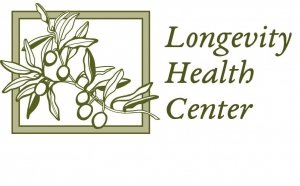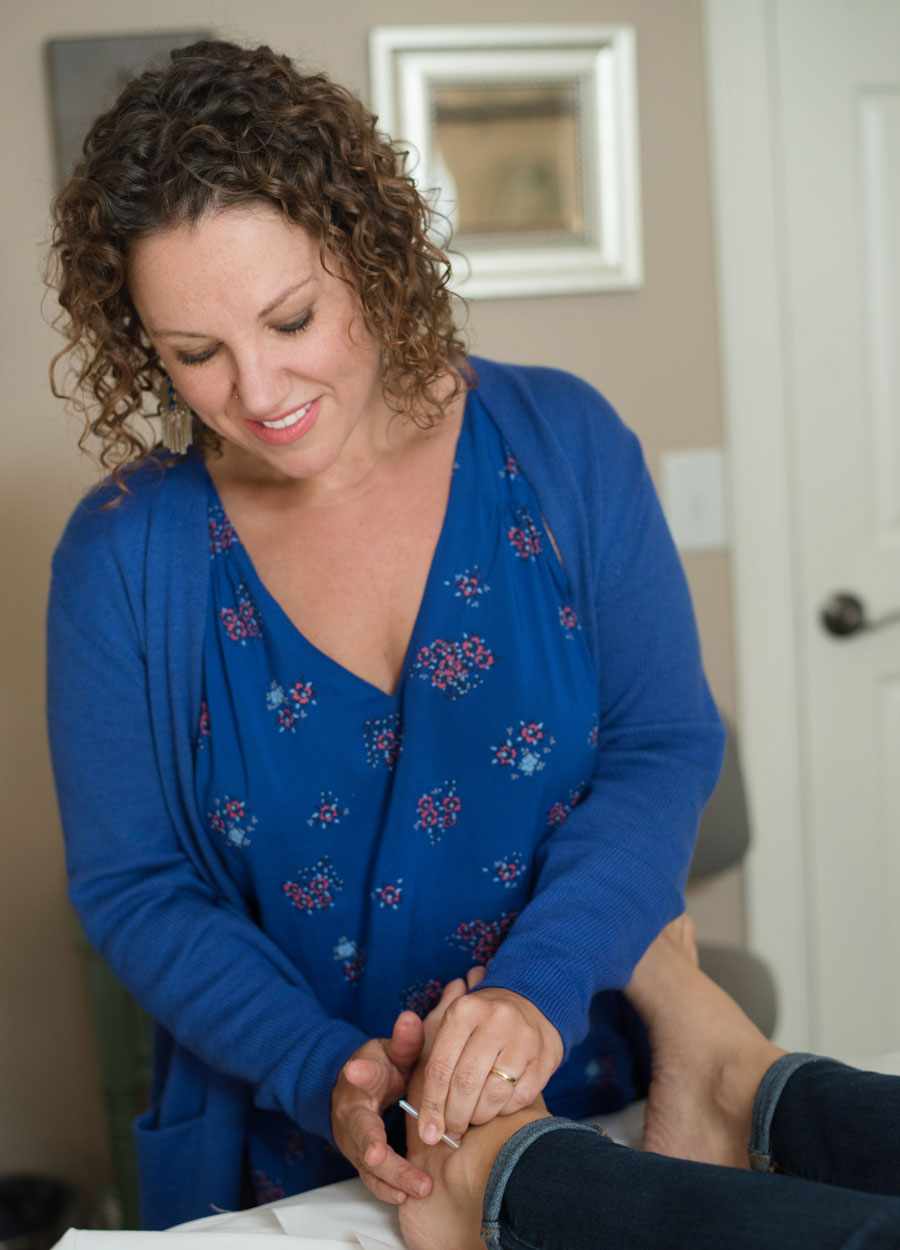Acupuncture
Treat your symptoms naturally with Acupuncture
The placement of Acupuncture needles at specific points release endorphins and neurotransmitters to the brain. Stimulating these points increases the point of healing to injured areas by reducing inflammation.
Age: Adults Only


